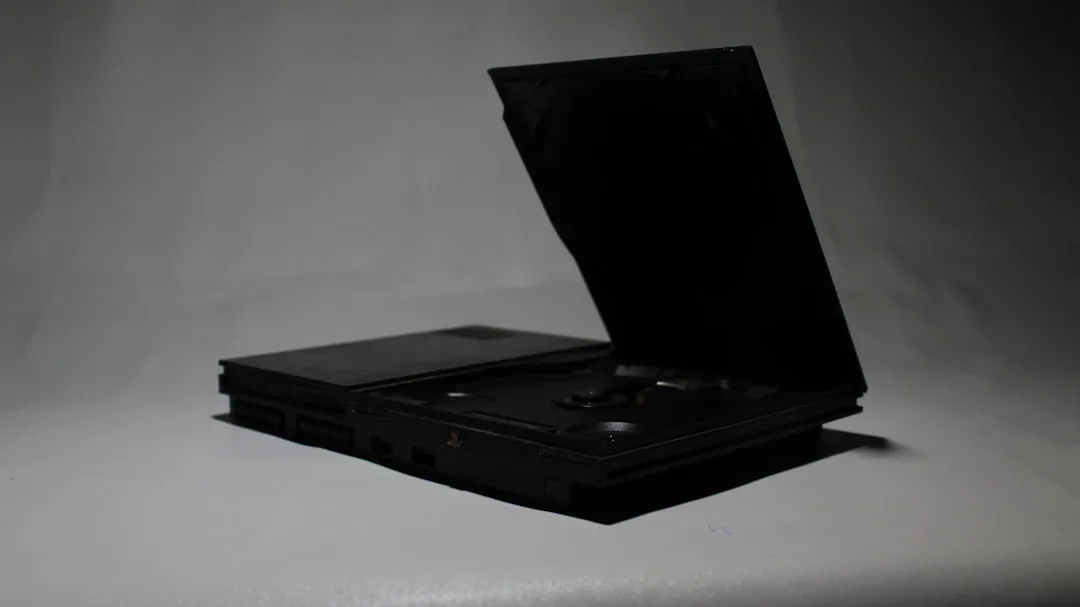Microsoft Research has published a technical paper reviewing their work with near-eye displays for virtual and augmented reality to project phase-only holograms.
The team built a holographic projector that displayed a series of sub-holograms, which allowed the hologram to display variable depths of focused light. The projector was then combined with a series of eyepieces to achieve the displays.
With their prototype display, the team was able to achieve high-quality holographic images. By processing holograms in the GPU, the team rendered 3D models in real time with depth-of-field.
The research team also demonstrated the ability to correct vision defects, such as astigmatism and near/farsightedness, as well as hologram aberrations.
The implications of their findings could lead to displays that match human vision.
"In future work, we plan to integrate all these capabilities into a single hardware device while expanding the exit pupil to create a practical stereo display. In this way, we hope to become one step closer to truly mobile near-eye displays that match the range of capabilities of human vision," wrote the research team in the technical paper's conclusion.
A copy of the technical paper is available for download here.
- Follow Next Reality on Facebook, Twitter, and YouTube
- Follow WonderHowTo on Facebook, Twitter, Pinterest, and Google+
Cover image via Microsoft Research/YouTube

























Comments
Be the first, drop a comment!